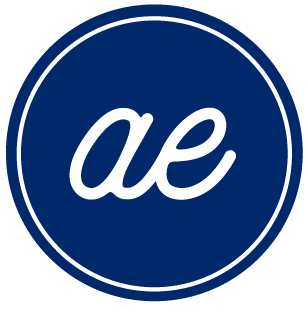Customer Research & Analysis
At the start of a project, it is important to first review the strengths and weaknesses of competitors against your user's needs by assessing analytics and example work. In addition to reviewing competitor data, the team captures user behavior, pain points, motivations, and needs from contextual inquires. Next is to group this information into logical pillars and map out product features to identify gaps, and opportunities.
Defining the Problem Statement
Define the Problem we want to solve based on the data defined in the customer research & analysis phase. An example problem statement would be:
We believe that improving findability and clarity of policy info and coverage options will result in better engagement, confidence and peace of mind for policy holders.
We will know we have succeeded when policy view increases by [X]%, quote starts increase by [X]%, call deflection increase by [X]% and Net Promoter Score increase by [X]%.
Insight from the Product Manager to provide additional context:
What I’m looking for is the best way to explain complex insurance products to the customers – so it’s clear and it shows our expertise and quality of service. I would like are customers to be confident that they are sufficiently protected, paid a fair price and are getting expert advice from Liberty, a better service where they can’t get from others, which justify a relatively higher price.
Impact Mapping exercise used to help drive out our problem statement:
Ideation: Sketch & Storyboard
This phase of the project is used to generate a lot of varied ideas very quickly through individual / group sketching. From here, these sketches are iterated on and further developed into storyboards. These storyboards are used to map out the critical path and insert a concept solution into the customer journey.
Prototype & Usability Testing
Sketches and storyboards are developed into clickable prototypes that are tested in user feedback sessions. These sessions allow real users to interact with the prototype with a goal of accomplishing different tasks to see how successful the prototype is, prior to launch. With the results of the usability tests, we can continue to iterate on the design concepts for an optimal user experience.


